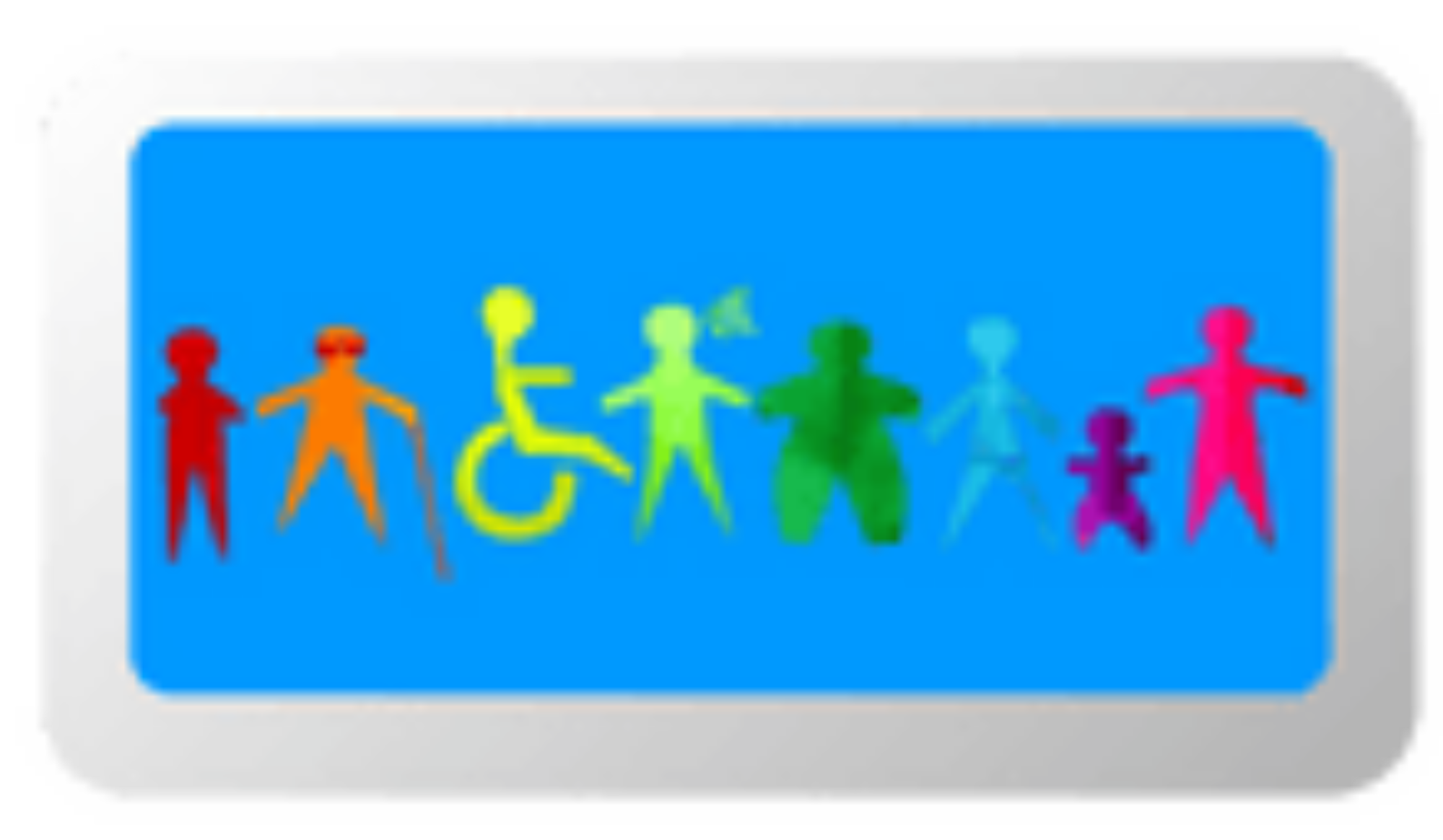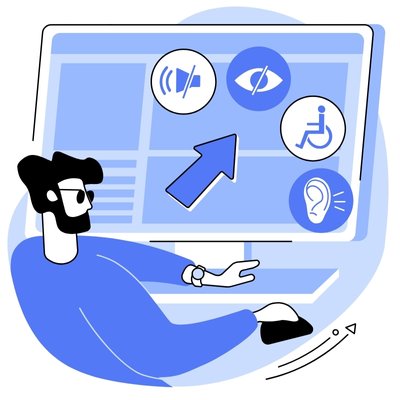- Better User Experience
When your website is designed with accessibility in mind, you can create a better user experience for all sorts of people. Clear navigation and simple sites benefit not only people with various abilities but also people with slow internet or limited time to find information they need (W3C Web Accessibility Initiative [WAI], n.d.). - Wider Audience
When following accessibility strategies, your website will be able to cater to people with different needs. Sometimes these are unexpected, as a mum who gets nap trapped. When my small bub falls asleep on me, I use this time to scroll social media or watch videos with subtitles, as I often don’t have headphones handy. These types of accessibility features can be a huge benefit to people in similar situations (WebAIM, 2021). - Improved Search Engine Optimization and Ranking
Optimizing your site for accessibility often aligns with SEO best practices. Semantic HTML and alt text for images make it easy for web search engine bots to index your content, which can improve your ranking and visibility (Google, n.d.).
What unexpected benefits have you found when making your website or content accessible?
References
Google. (n.d.). Webmaster guidelines. https://developers.google.com/search/docs/advanced/guidelines/webmaster-guidelines
W3C Web Accessibility Initiative (WAI). (n.d.). Web accessibility. https://www.w3.org/WAI/test/
WebAIM. (2021). WebAIM: The web accessibility in mind. https://webaim.org/


Point 2 totally hits home for me! As a parent, when my baby falls asleep on me, I too find myself scrolling and watching videos with subtitles on. Accessibility features like that make a huge difference.
So relatable when you mentioned being nap-trapped! Accessibility should work to accommodate everybody 🙂